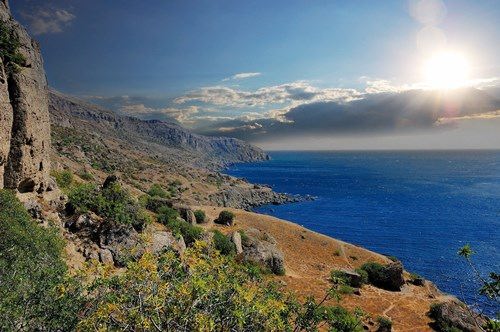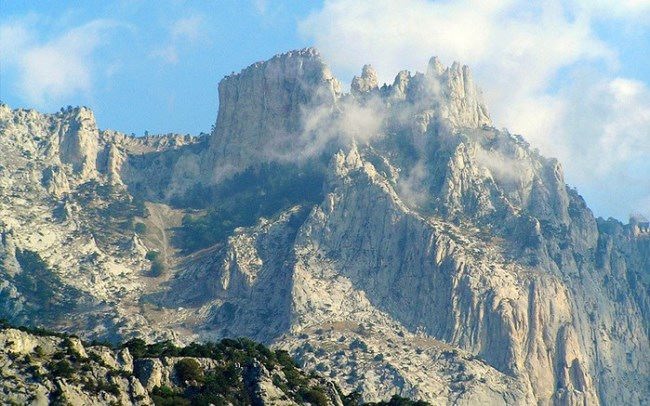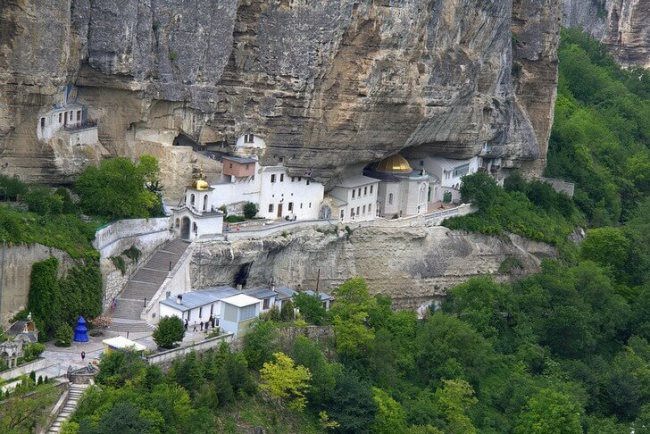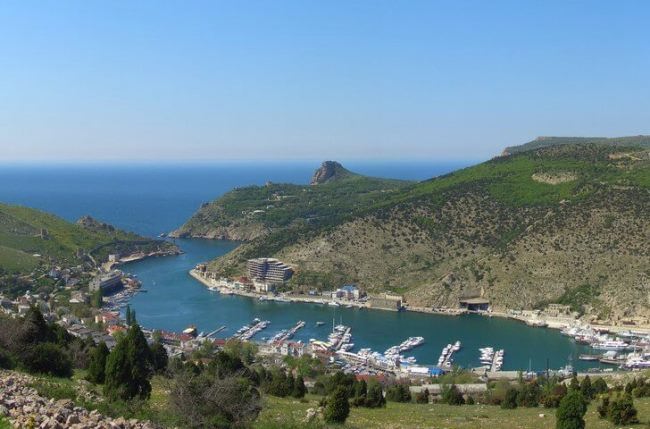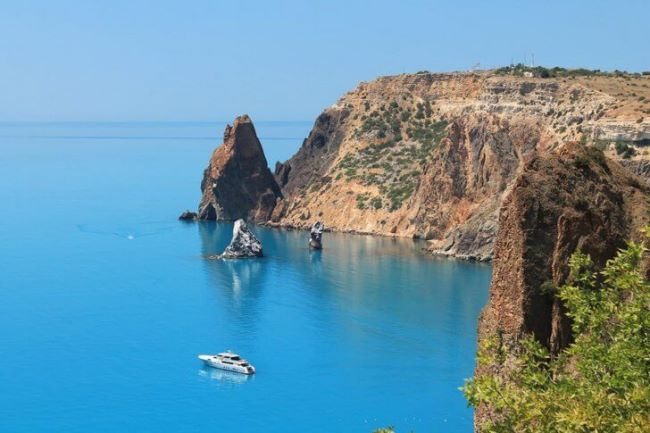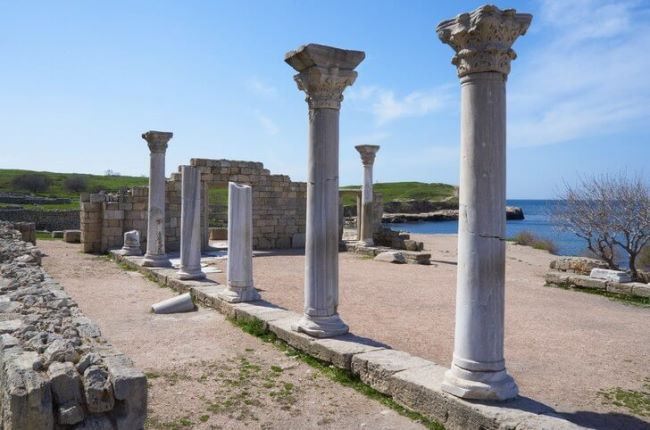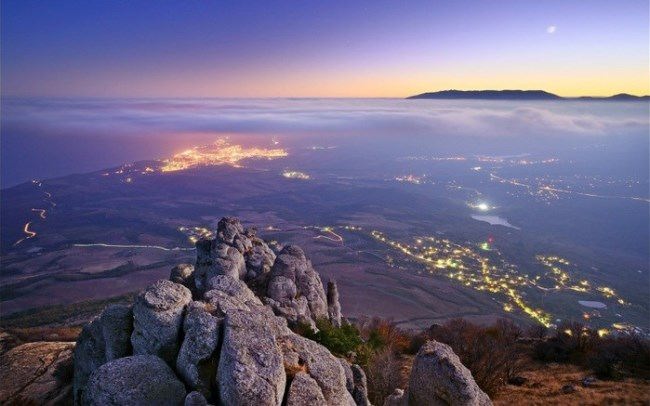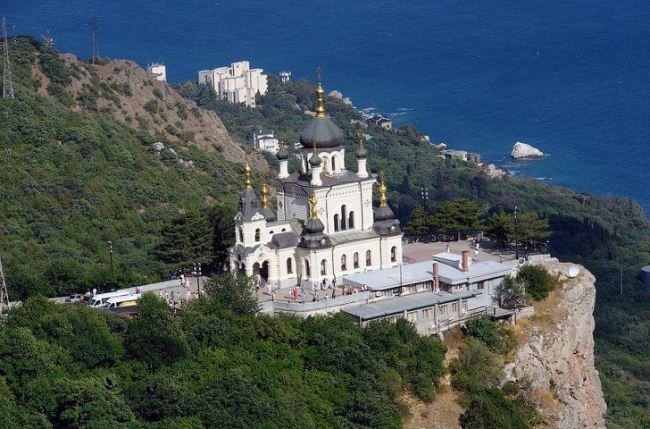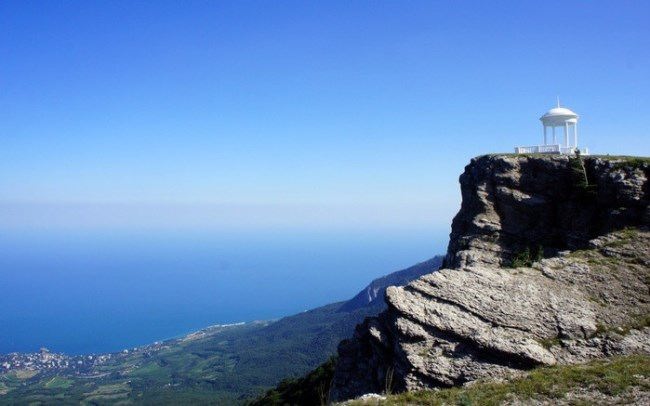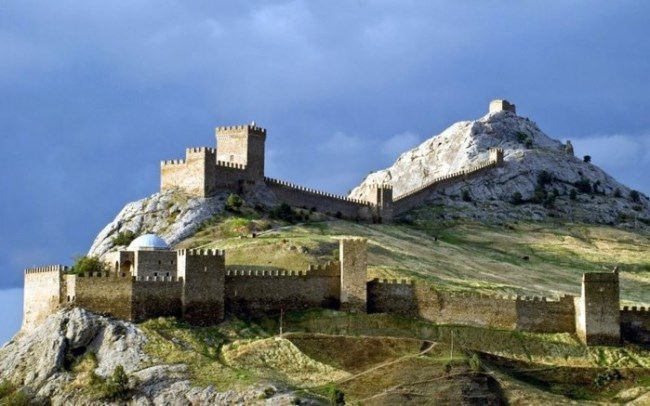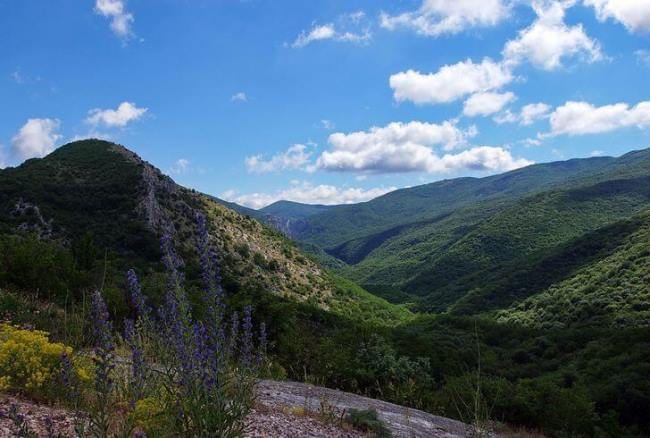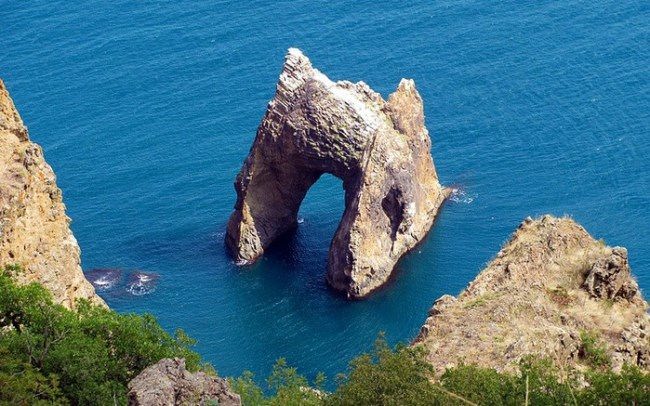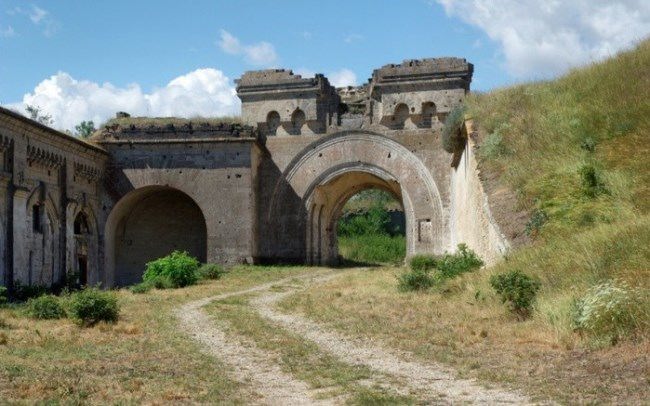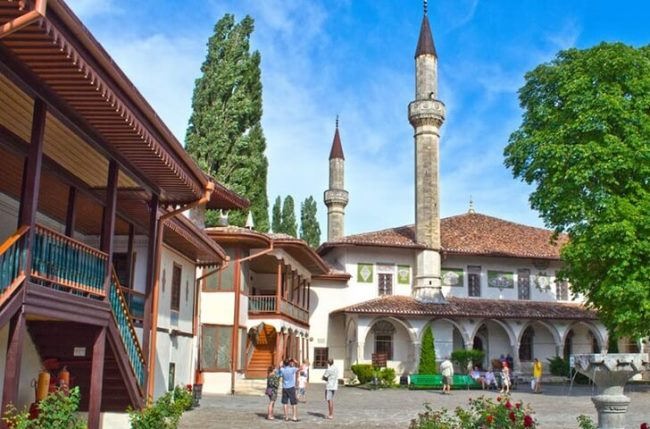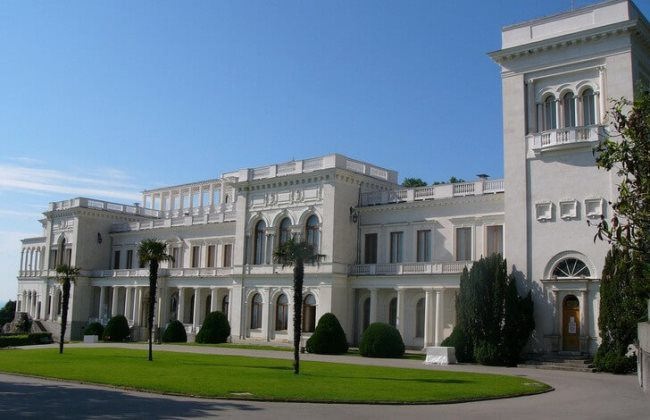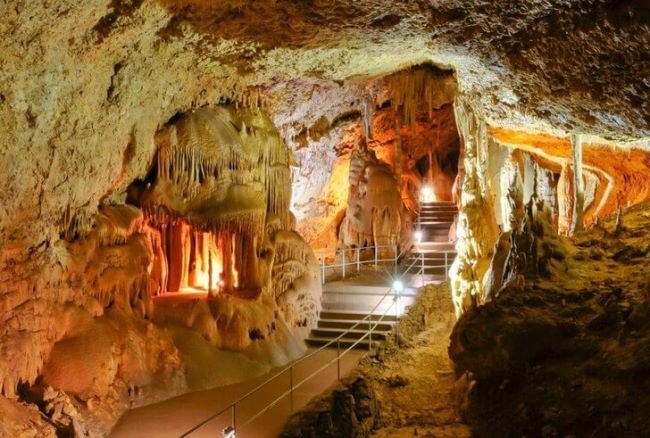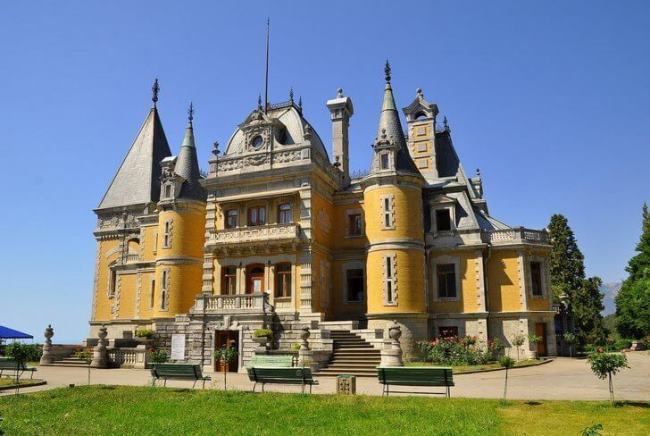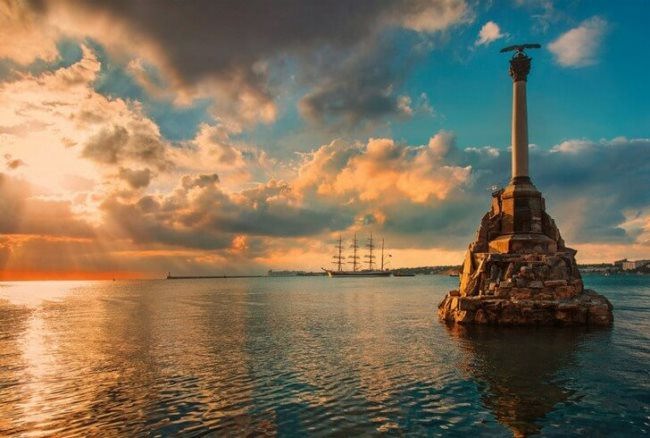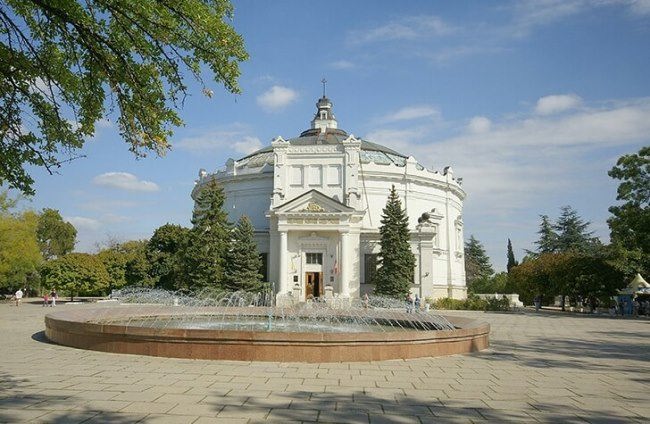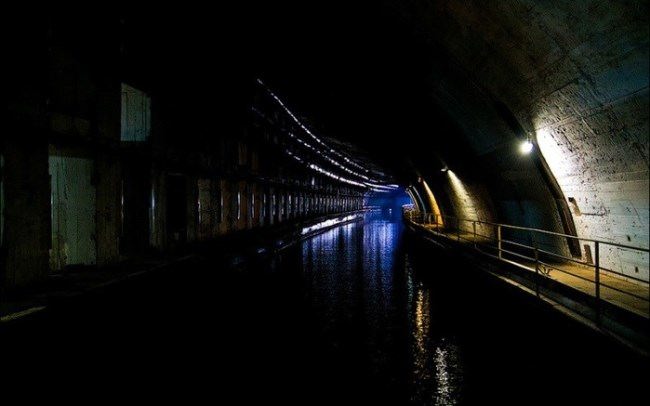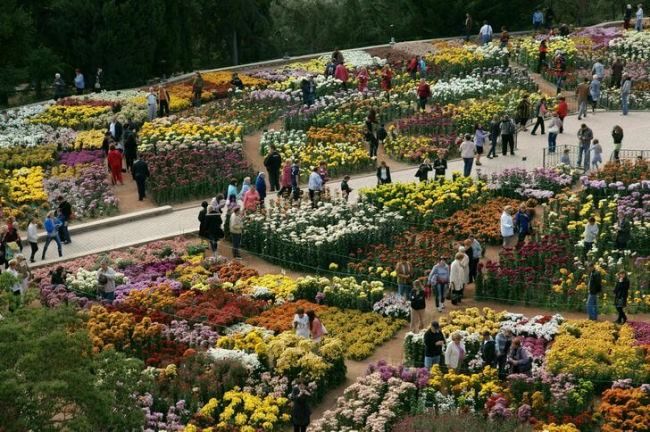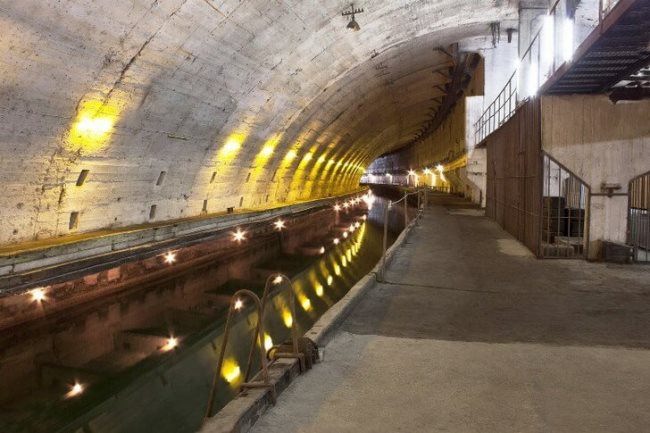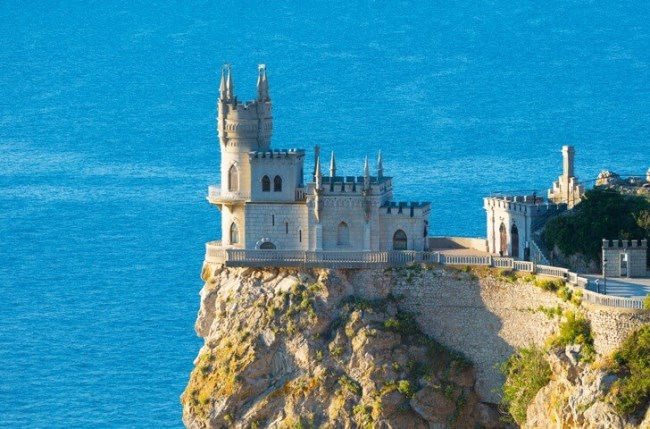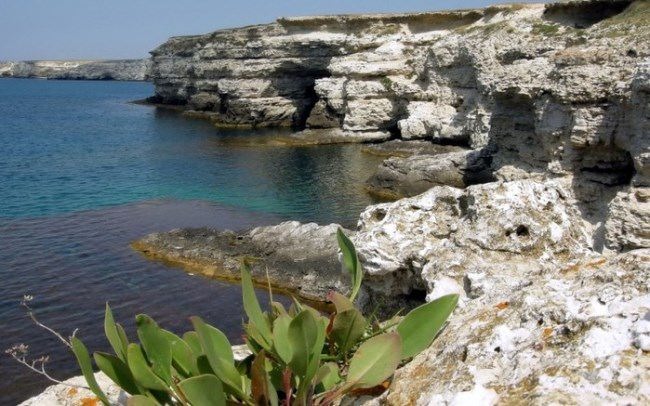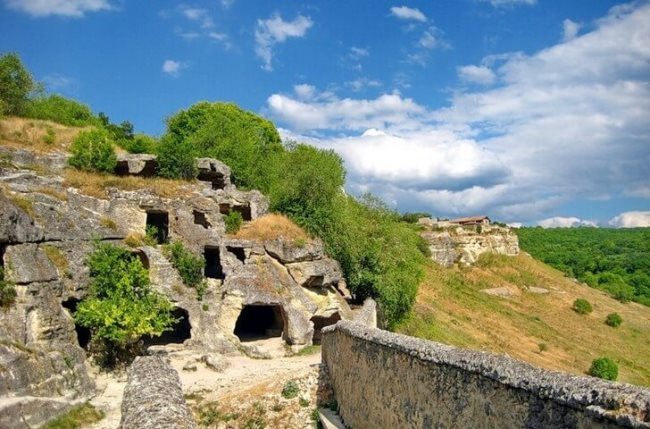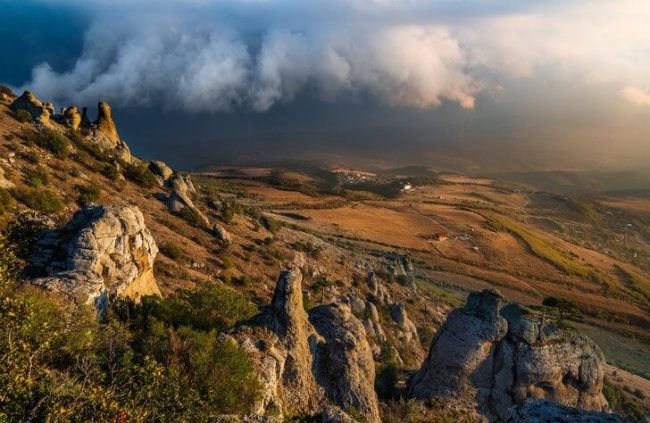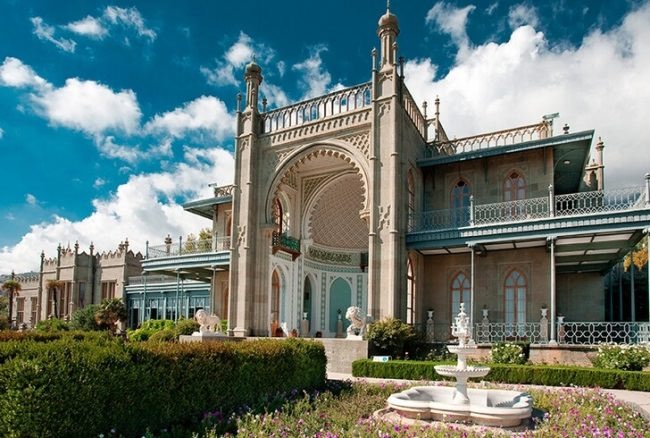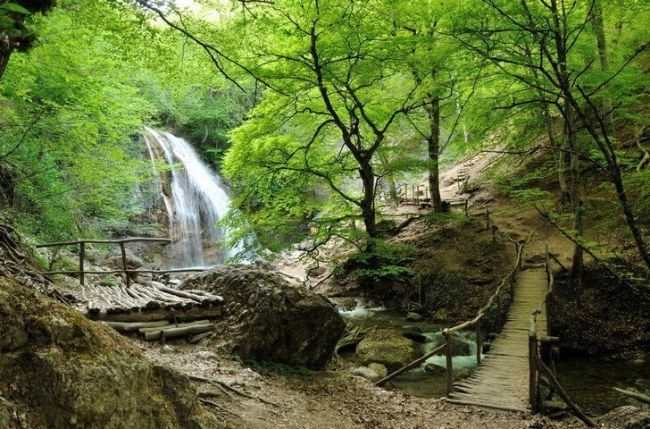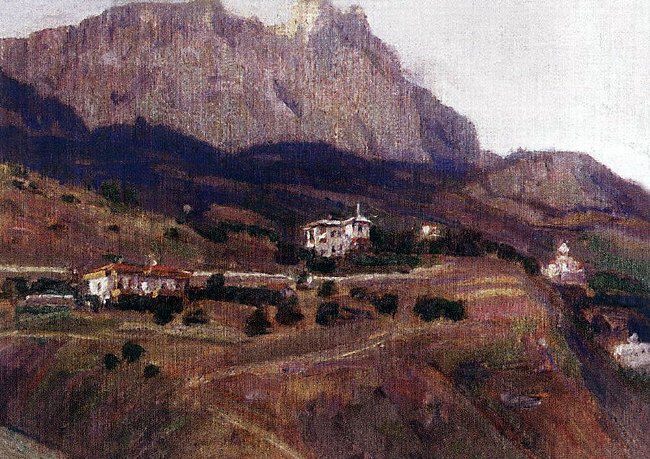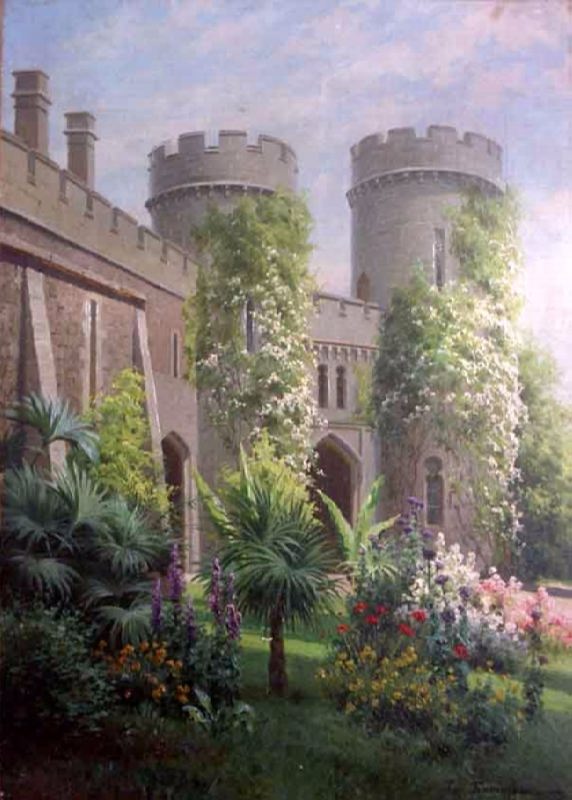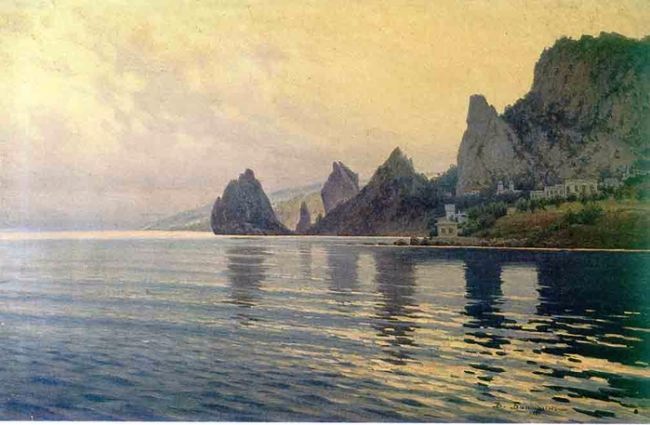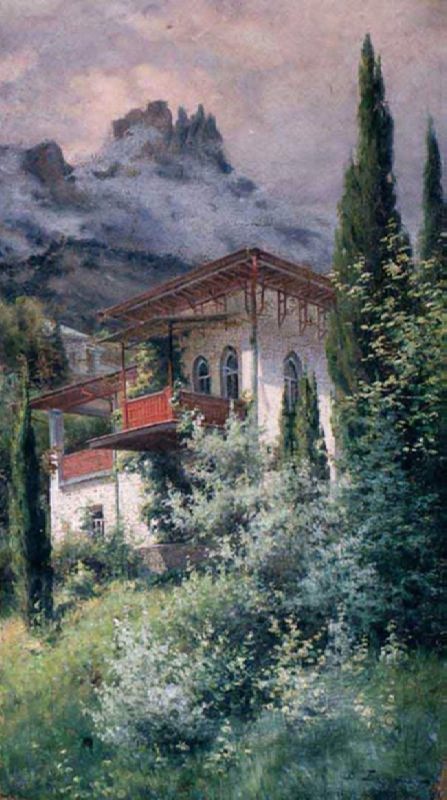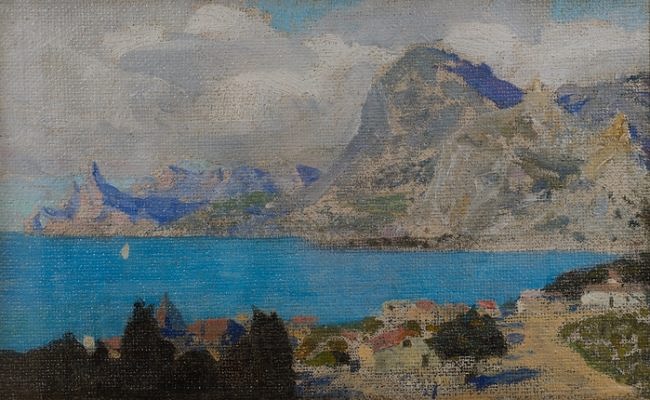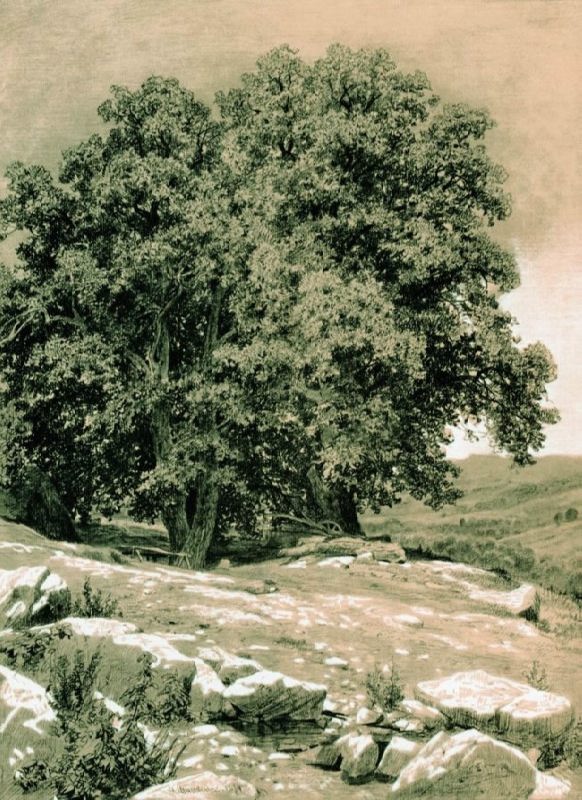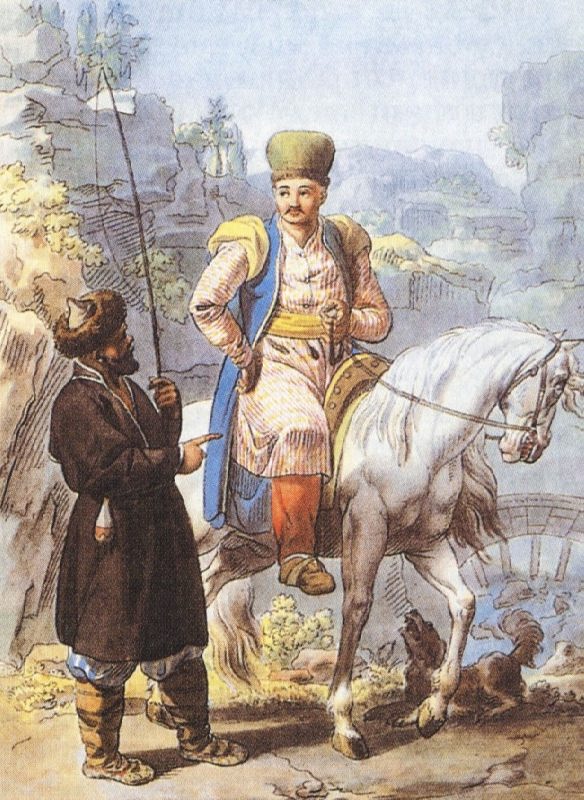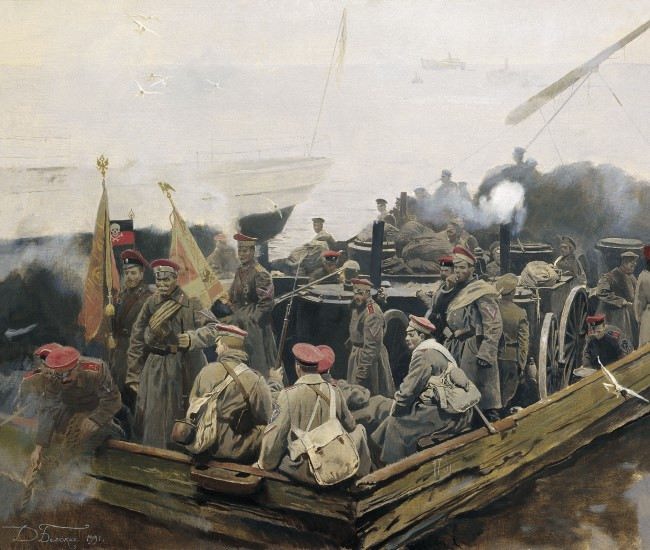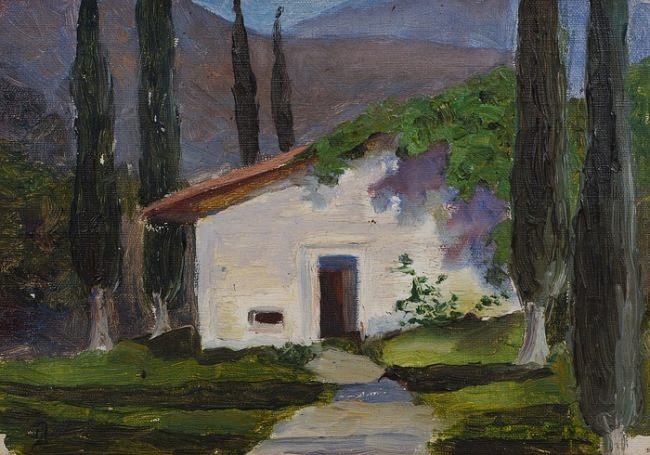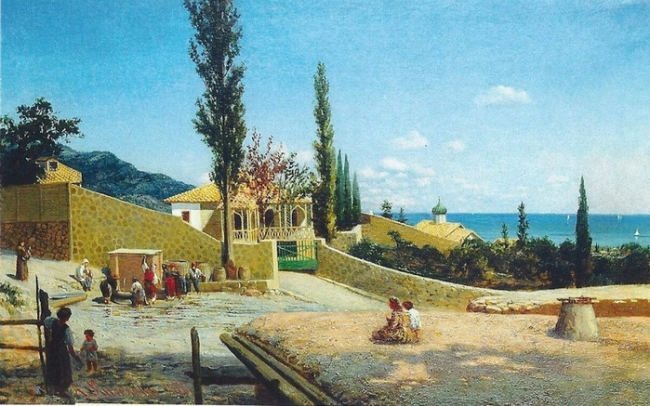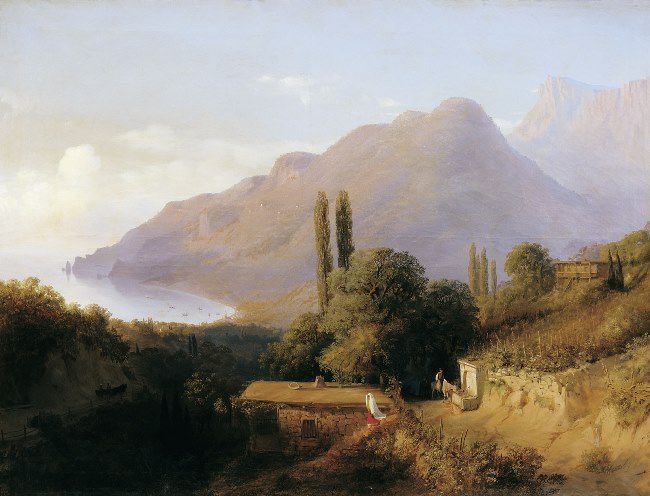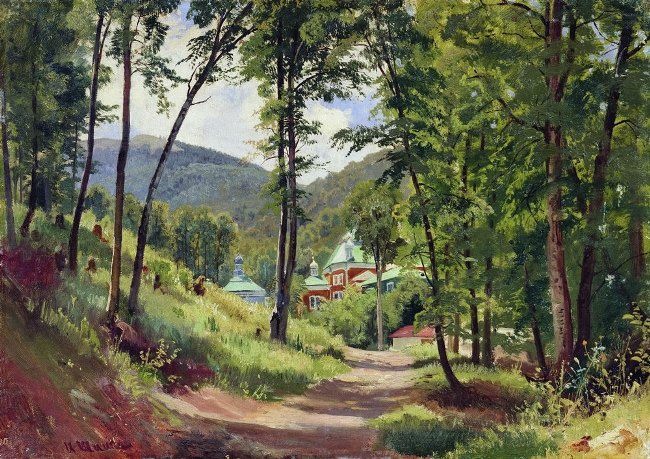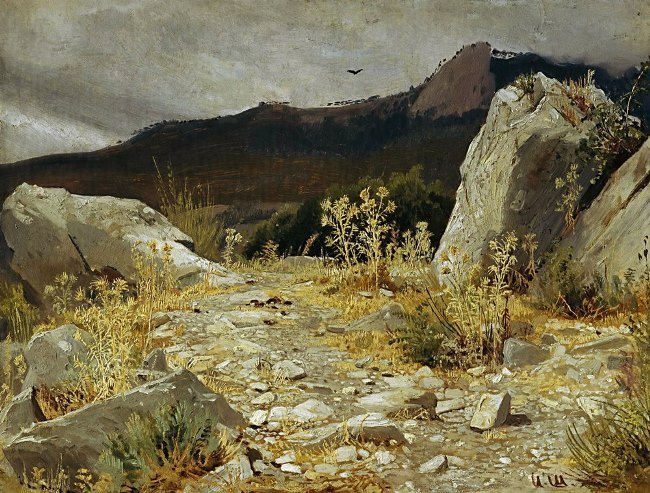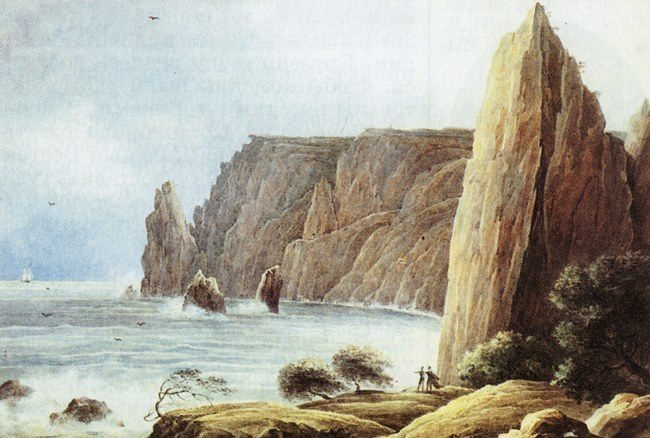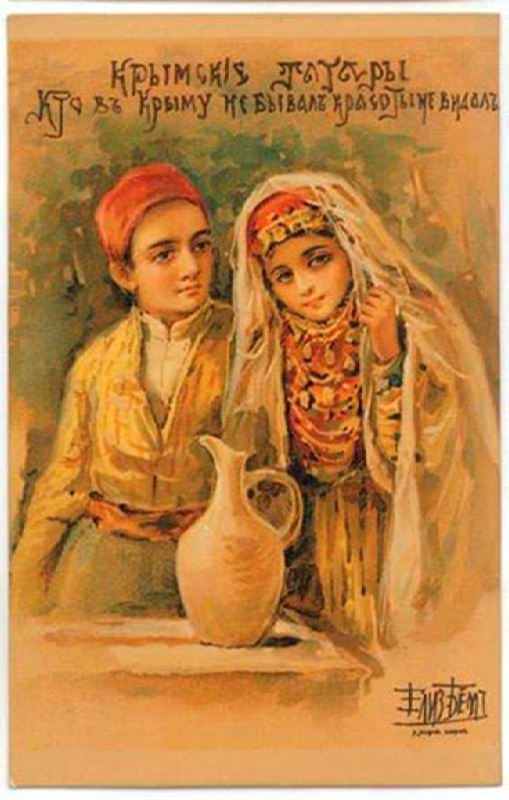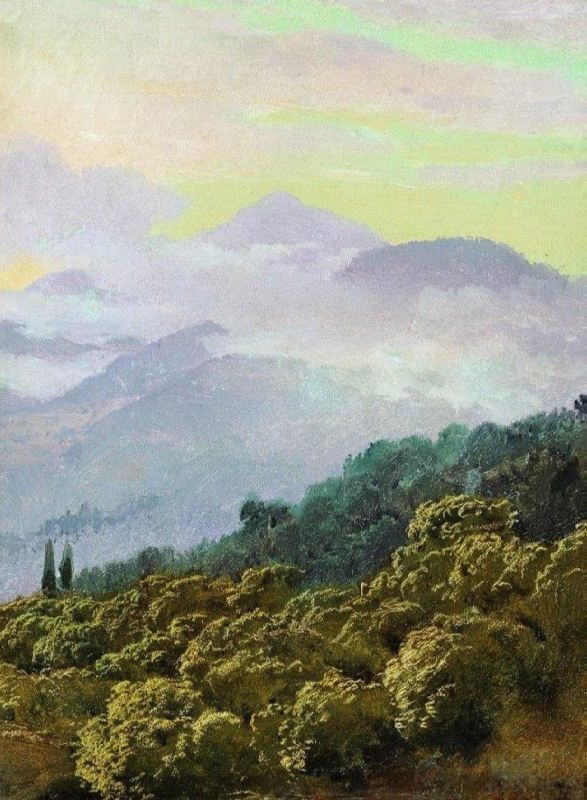Crimea – between Europe and Asia
People came to the territory of modern Crimea about 100 thousand years ago. This is evidenced by the findings of the Neanderthal sites in the Kiik-Koba cave. Then, however, the Crimea was not a peninsula, but part of a plateau. About 8000 years ago the Mediterranean Sea broke through the Bosporus, flooding vast areas of land. It was then that the Azov Sea was formed, and the Crimea became a peninsula connected to the mainland by a narrow isthmus. The Crimean Peninsula even in prehistoric times became a place for different civilizations, a kind of melting pot for many peoples.
This land has an ancient history, people traded and fought for centuries, they made money and hid wealth. During the Great Patriotic War treasures from the richest Crimean museums were hidden on the peninsula, and only a few of them returned back. They are still being searched not only by archaeologists, but also by adventurers.
In 1967, gold and silver jewelry from the times of the Golden Horde was found on the outskirts of Simferopol. There were 328 pieces weighing 2.5 kilograms. The find was handed to the employees of the State Historical Museum.
The largest treasure of gold coins in the USSR (more than 500 pieces) was found in 1981.
On March 20, 2002 workers of the Institute of Archeology of the Academy of Sciences of Ukraine found a medieval treasure of 4256 silver and 30 gold coins at the entrance to the cave in Chufut-Kale. It was in a pot of red clay, buried at a depth of about 45 centimeters. The total weight of coins was more than 5 kilograms, now they are in the museum of Simferopol.
In 2003, during the excavation of the Mirmeky settlement (near Kerch), the archaeologists of the State Hermitage discovered a treasure of 99 coins, made of gold and silver alloy, minted in Asia Minor. They were brought to the Kerch Museum.
In 2007, near Feodosia, the summer residents discovered an earthen vessel with 10 168 coins weighing 6 kilograms. The treasure was transferred to the museum of Feodosia.
But, much more interesting treasure has not yet been found. Gold and jewelry, hidden by the last Crimean Tatar khan Shahin Giray near the Bakhchsarai palace, are among them.
Crimea is a unique peninsula with three natural and climatic zones: the steppes, the mountains and the southern coast of the Crimea. Such a variety of climatic zones in a small space, plus the relative isolation of the Crimea, led to the emergence of many endemic species of animals and plants on the peninsula. For example, 240 species of plants grow in the Crimea are not found anywhere else in the world.
On the territory of Crimea there are 257 rivers and about 50 saline lakes. The coastline of the Crimea is 1000 km long. And the highest point of the peninsula is the Roman-Kosh mountain. Its height is 1545 m.
Crimea – between Europe and Asia
Crimea in paintings

Melikhov Georgiy Stepanovich. Portrait of the brigadier of the Crimean essential oil farm Rose Valley Vera Repicheva, 1961
